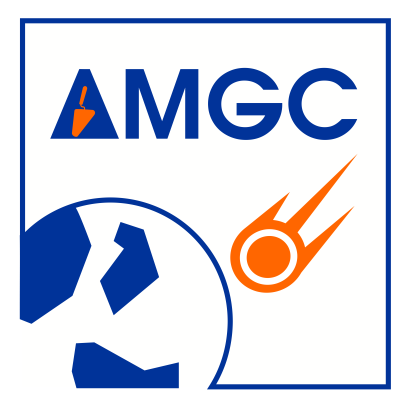
The VUB is known as an "Urban Engaged University" very much integrated within the city of Brussels and so is AMGC that actively carries out research focused on Brussels, as shown by the new PhD project that is starting soon “Revealing the Senne: a hidden landmark in the historical center of Brussels”, (RETS). Read the VUB news about it here
RETS is a multidisciplinary project for which the VUB, Urban.Brussels, and the Royal Belgian Institute of Natural Sciences collaborate to study the evolution of the Senne river valley and its branches, and the human-natural interactions across history in Brussels from the Pleistocene until the 19th century. A synthesis of the archaeological, environmental and historical data uncovered by past research located at Urban.Brussels has been formed, providing the necessary knowhow to come to an optimal management of the archaeological heritage in the Senne valley. This obtained data set will be translated into 2D-maps and 3D-models that will be the outcome of this applied project and will be integrated in the publicly accessible platform BruGIS, which serves as a guide for the future management of the archaeological heritage in the Senne valley, provide a detailed image about the human-environment interactions across history and show the chronological story of the evolution of the Senne river and the development of the Brussels’ harbor. This project is led by Yannick Devos, Ralf Vandam and Dries Vergouwen
Another ongoing project also funded by Innoviris is "Plastic-City" led by Marc Elskens and Natacha Brion that focuses on the environmental debt linked to the massive production, use and misuse, and end of-life management of synthetic plastic materials in the Zenne river up- and down-stream Brussels. It has been proved that this debt has dramatically increased in the last 2 years due to the ongoing COVID crises (increased use of single-use medical care material such as face masks in polypropylene). Samples are examined using light microscopy, and FTIR, EA/IRMS, and ICP-MS (for metal content analysis). FTIR revelas the presence of common polymers (PE, PP, PS, PVC, PET), and EA/IRMS the isotopic composition and carbon content. Metal content analysis shows tendencies in adsorption of metals (Cd, Pb, Al, Ti, Cr, Fe, Co, Ni, Cu, Zn, As) to surface of the particles. Overall, this study defines methodologies for identification and characterization of microplastic as well as determining levels of microplastic pollution in Zenne river.
A previous project 'Sublimus" (210-2022) piloted by Profs Marc Elskens, Natacha Brion and Philippe Claeys and aiming to recover precious metals (gold, silver, platinum...) from the Brussels sewer system attract considerable media attention
